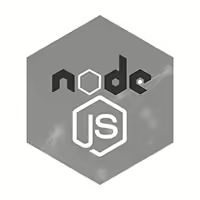Your Team, Your Way




You have a need for 1 to 50 expert resources in a short time. You want to stay in control and treat the new team members as your own.
You also want to benefit from very fair and affordable prices while keeping the quality of service and engineering to your high standard.
You have a project you need to get developed and do not want to create your own team locally. You want the whole development process to be outsourced. You have specifications for your projects. You do not want to manage the day to day of the project. You want to focus on what you do best: your business expertise.
What we do for ourselves, we can do for you: find amazing staff for your team.
With an enormous number of contacts in the IT industry, we are well placed to find the right profile for you.
As a technical team, we will interact technically with your candidates and select exclusively the relevant candidates.

We develop traditional software like SaaS, platforms, e-commerce, mobile, etc.












We develop AI models and services followed by the software applications using these tailor made models.

We develop Games using Unity, Unreal or Coco platforms.







We develop traditional software like SaaS, platforms, e-commerce, mobile, etc.









We develop AI models and services followed by the software applications using these tailor made models.




We develop Games using Unity, Unreal or Coco platforms.





GoWit-Hungary
Your Team, Your Way